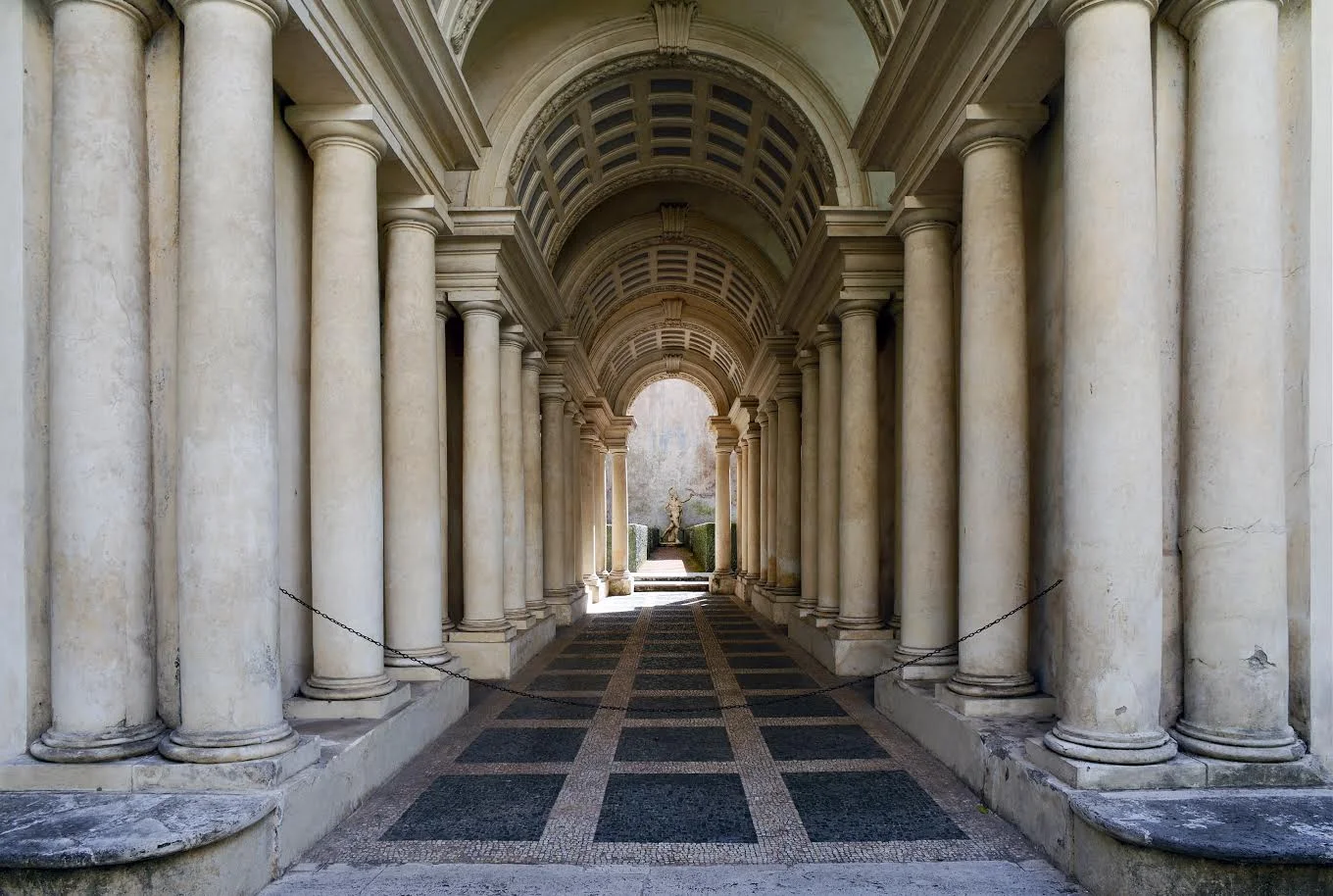It’s one of my favorite places since I moved to Rome, ten years ago.
Sometimes, when I need a break from the chaotic life of the city, I go there.
Appian Way is an ancient route and the most important built by Romans. That’s why it has been named “ Regina Viarum” (Queen of Roads). It was considered Rome’s gateway to the East and it connected Roma with Capua (near Naples).
The Appian Way is so rich of history. As you stroll or bike along the road, you'll see tombs of ancient families. One of the best preserved is the Tomb of Cecilia Metella, built for the daughter-in-law of a rich man.
Is also possible to go on an underground tour into the two major Christian catacombs, to see the niches where early Christians were buried. The Catacombs of San Sebastiano also has a historic fourth-century basilica with holy relics, while the larger Catacombs of San Callisto was the burial site for several early popes.
Ready for a travel that will take you back in time 2,000 years?
Useful information
Getting here from the center of Rome is easy; you can catch the bus 118 from Piazza Venezia. The best would be to come on a Sunday or holiday, when the whole park is closed to car traffic, and it becomes an endless pedestrian road.
A good starting point could be the info point in via Appia Antica 58/60,opened every day, where is possible to rent bikes. You can also enjoy a meal at the nearby cafè.
In addiction to the entry ticket, every sunday morning, Coopculture makes available to visitors a free guided tour to Villa dei Quintili and Cecilia Metella tomb.
To get info, visit www.viaappiaantica.com or buy tickets on www.coopculture.it .
Author: our receptionist Cecilia
The Easter Lunch Menu is ready. Book now your table at Jacopa the brand new restaurant of Hotel San Francesco
What is the first thing that comes to mind when you think of Rome: the Coliseum? the Vatican? the Trevi Fountain? What you may not know is that, in addition to its abundance of ancient sites, Rome is a very green city with a number of parks worth visiting.
Built in the early sixteenth century at the behest of Agostino Chigi, rich banker from Siena, the Villa Farnesina in Rome, the Accademia Nazionale dei Lincei properties, it is one of the most noble and harmonious achievements of the Italian Renaissance.
Palazzo Spada is an impressive building built in 1550 by Cardinal Capo di Ferro, later restored by Bernini and Borromini who created a unique full play of perspectives in a columns-gallery.
The Barberini Palace hosts the National Gallery of Ancient Art, entirely restored, located in Via delle Quattro Fontane, near Barberini Square
The Capuchin Crypt is a Monument of Human Bones and Corpses in Rome, located beneath the church of Santa Maria della Concezione dei Cappuccini on Via Veneto, near Barberini Square...
The Moses by Michelangelo is certainly one of his best works and it is housed in the church of San Pietro in Vincoli in Rome.
In 1505, Pope Julius II gave to Michelangelo the commission to design and sculpt his tomb. The initial design was massive and called...
The Orange Garden, also known as Parco Savello, is one of those places that you can find only in the eternal city. Surrounded by medieval walls, on top of the Aventine Hill, the Orange Garden is a romantic and peaceful place that offers a breathtaking view of the city, one of the most beautiful...
Built around 123 A.D. as a tomb for Emperor Hadrian and his family, Castel Sant'Angelo has an unusual destiny in the history and art of the Rome. While all the other Roman monuments are overwhelmed...
There is no other place like this in Rome. When you get through the gate for the first time, a peacefulness atmosphere surround you.
Men from all over the world, rest together, under pine and cypress trees. The cemetery population is incredible rich in writers, painters and poets as Keats and Shelley.
Because of its multi ethnicity and the possibility to find unthinkable objects, there is a quote that says that at Porta Portese “you can find anything, from a pill to a Jumbo Jet’!
Only the genius of Bernini could make the hard marble look as soft as the human skin.
You will not believe your eyes once in front of this masterpiece...
Would you test your honesty and put your hand into the mouth of truth?
You definitely can't leave Rome before taking a picture in front of one of the most famous faces in the world...
The church of Santa Cecilia is located about a 5 minutes walk from Hotel San Francesco and it definitely worths a visit
As per the legend, the house is built on Cecil’s family house “a distinguished virgin, born from a noble roman lineage”, suffering her torment around 22 AD ...
Also known as “Fontanone” among Roman citizens, the Acqua Paola Fountain is one of the biggest fountains of Rome.
Built between 1610 and 1612, this fountain was supposed to be the end of the homonym Acqua Paola Aqueduct ...
Appian Way is an ancient route and the most important built by Romans. That’s why it has been named “ Regina Viarum” (Queen of Roads). It was considered Rome’s gateway to the East and it connected Roma with Capua (near Naples)...
Forget about traditional flavors as “Stracciatella”or “Pistacchio”.
In her ice cream lab, Maria Agnese Spagnuolo, well known as “Fata Morgana”, combines only the best ingredients. The end result is a perfect and unusual mix of flavors as “Basilico + Noci + Miele” (basil, nuts and honey) or “Crema di mais + Pop Corn...
The Church of San Francesco a Ripa, just beside the Hotel San Francesco, contains one of the most beautiful sculpture of Gian Lorenzo Bernini: The Ecstasy of Blessed Ludovica Albertoni - 1674...















![The amazing Castel Sant'Angelo [VIDEO]](https://images.squarespace-cdn.com/content/v1/5571a376e4b0ce0031784ab5/1448791242274-IF53P94RXMBYIJ57SM8Y/image-asset.jpeg)







